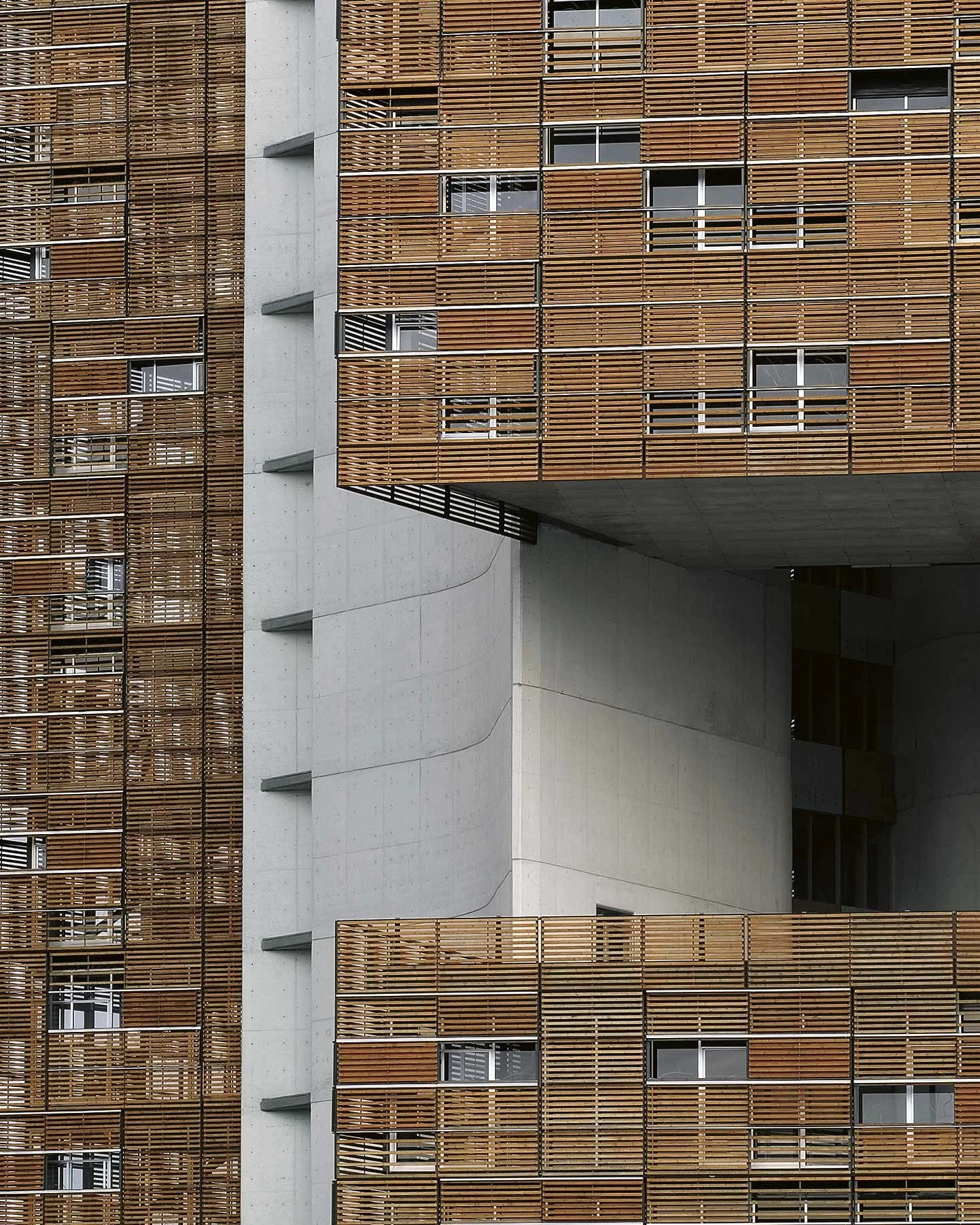Spaniards in Latin America
Complex Modernities

The relations of Spanish architects with Latin America is measured by two other relationships of greater scope: one is cultural in the broad sense of the word, having to do with the intricate web of comings and goings that have stitched our country with America since more than five centuries ago; and the other is specifically architectural, touching on the no less complex ropes that have bound two different modernities emerging and evolving on both sides of the Atlantic, and also within the borders of each and every Latin American country.
It is therefore a highly complicated relationship, impossible to cover in a single narrative or tackle by means of simplications or commonplaces. Nevertheless, we can safely put down a number of facts that have marked the connections between architects across the ocean, and helped us understand it a bit better.
First is the role played by the intellectuals who went into exile in America during and after the disaster of the Spanish Civil War, who, generously welcomed in their host countries, opened up fresh perspectives – in architecture too – and became references for the new Latin American generations.
Second is the very complexity of Latin American architecture of this century, an often uncomfortable fruit of the encounter between the Modern Movement on the one hand, and local cultural traditions and socioeconomic conditions on the other. Traditions and conditions that varied so much from country to country that widely diverse ways of forging ‘modernity’ came into being.
Third is Spain’s economic clout in the Latin American region over the past thirty years, of which the corollary in the construction world has been evident: from large-scale works like the Panama Canal or the metropolitan railway systems of so many Latin American cities, to the numerous buildings raised there by Spanish multinationals, often using their own technical teams.
The fourth and final factor has been of an intellectual nature, and involves the steady and fruitful academic rapport grounded on the fact that, for a large number of Latin Americans, Spain remains the principal gateway into Europe.
Arquitectura Viva wishes to present one of the facets of this multifaceted relationship: that which involves Spanish professionals who have managed to make a niche for themselves in two leading countries of Latin America: Argentina and Mexico. This dossier details three ambitious and representative works: the Sáenz Valiente Building, an extension of Torcuato di Tella University in Buenos Aires, by Josep Ferrando; the San José Station ensemble of mixed uses in Toluca, Mexico, by Madrid-based FRPO; and the Hipódromo Tower in Guadalajara, also in Mexico, by OAB/Carlos Ferrater.

estudioHerreros, Ágora Convention Center, Bogotá





